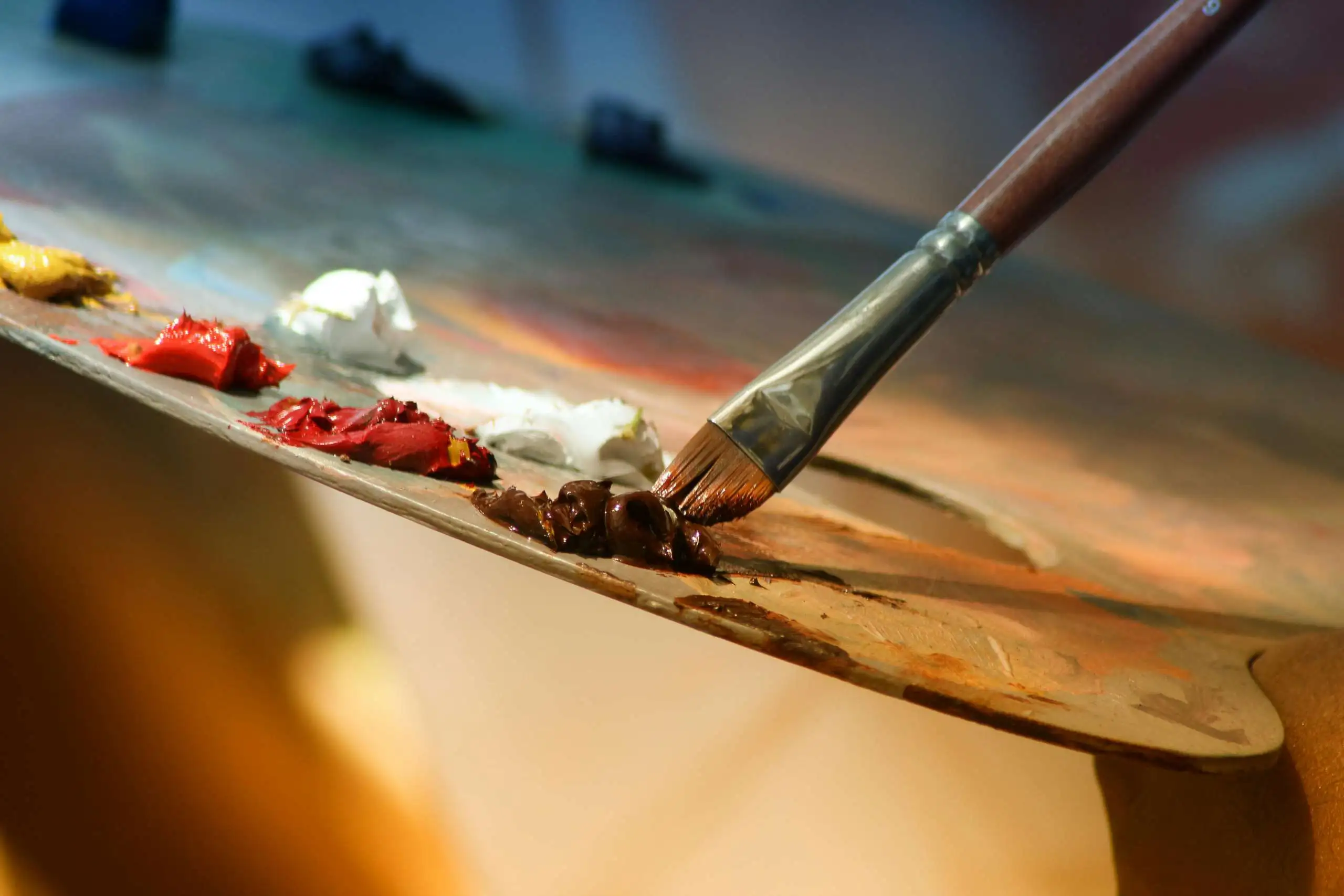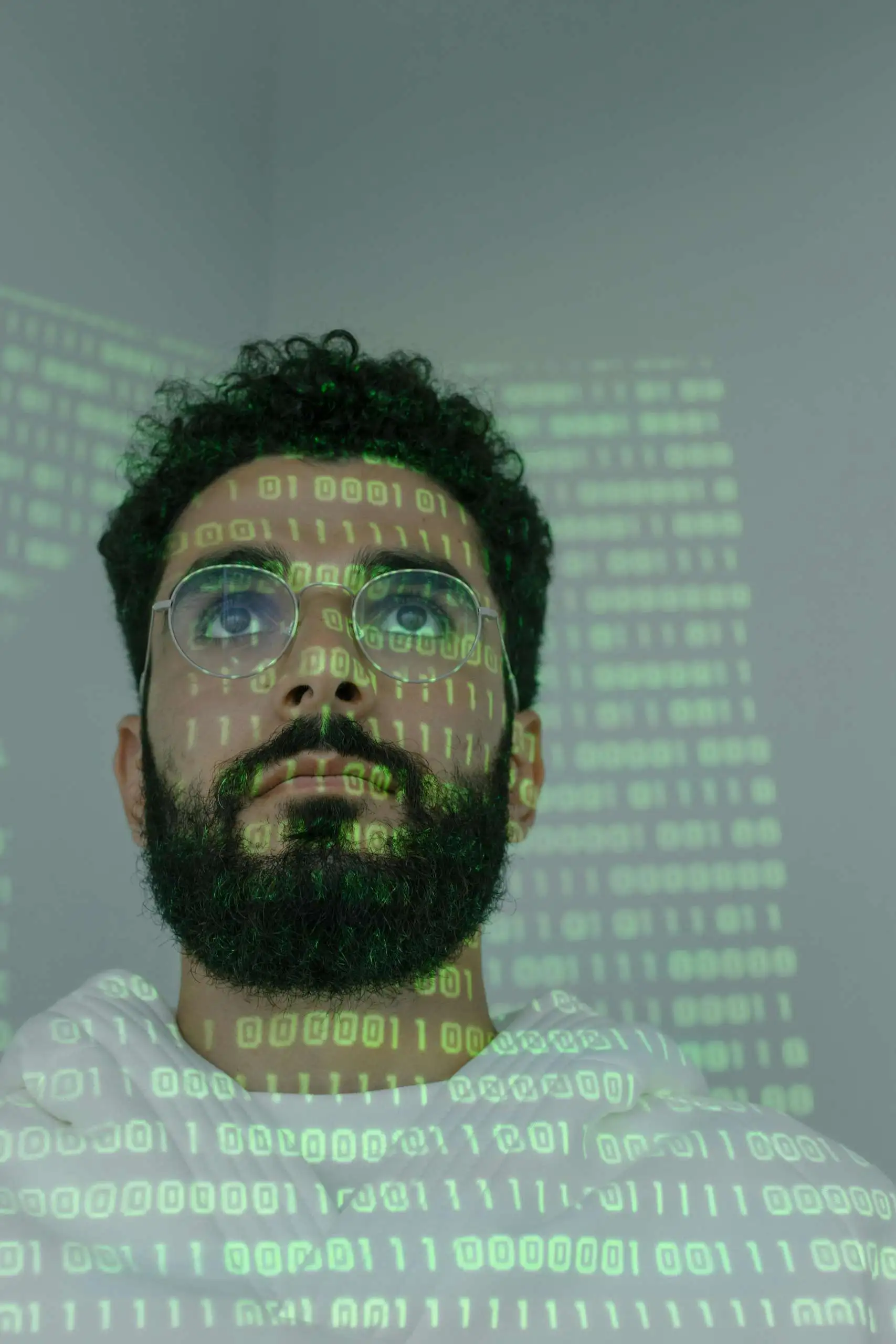
After which, there had been a deluge in the more artistic corners on the internet of people making use of the character in whatever manner they wished, mostly in the form of satire and parody, especially considering that Bob Iger’s Disney is not kept in the same regard as it once was. But that is a different matter altogether.
When I was browsing these pieces, both static and animated, I came to a profound epiphany. Compared to the animated short that Disney had so jealously hoarded, these random pieces of art were superior in almost every way (outside of a few Microsoft Paint scribblings, though postmodernists and other artsy sorts might disagree on the lack of value of these doodles). From a technical and artistic viewpoint, these works were objectively better.
But fine, Steamboat Willie was made in the late twenties, of course the art of today would be better. Technology marches on, practices become standardised, the volume of previous work produced increases from which one can draw inspiration and technique from. But that wasn’t what astounded me. The fact is that outside of a small circle of commercial and professional artists, the bulk of these superior pieces were made from hobbyists.
People whose education had been tutorials on youtube and their tools were a pc and a drawing tablet. Thanks to computer software, hardware and their commercial availability, the average man or woman or any permutation between could engage creatively on the same level as the greats of the past.
Even now, one can go on Youtube, Instagram, Tiktok, X (formally known as Twitter), or my own personal favourite haunt, Newgrounds, to see art from stills, to animatics to fully rendered animation that is of the same quality as what is considered the industry standard in entertainment that has been produced by mostly self-taught hobbyists who simply had the access to the right software tools.
They climbed the wall as I would say to myself. What do I mean by this?
I often hear that people say that they cannot get into art, regardless of the form of it, whether it is drawing, painting, music or film, because they feel like there is a massive brick wall between them and the ability to do the things they want to create. They often say “well I am too old” or “I don’t have the talent” or more sadly “I am not creative enough”. Sadly, it is true that there is a wall that separates the average person and the artist, and for most of human history, it was a wall that could only be surpassed by those with the raw talent, will and resources to become artists, which were a tiny minority of people for most of human history. At least in official circles, people of all kinds have never allowed their poverty or circumstance to stop them from producing art.
Remember, even during the neolithic, where humans lived in caves and every iota of energy mankind possessed had to be spent on survival, they still made paintings on cave walls. The ability to be creative exists inside every human and the need for artistry is as fundamental to us as the need for food, shelter and companionship.
If the brickwall is what separates a normal person from a creative one, then what software provides for us can be seen as rungs on a ladder that can help someone scale that wall. Even if that software is not perfectly adequate for one’s needs, it can still help you in educating yourself in the usage of such programs, since art software has existed for well over thirty years at this point, and many of the functions and abilities of such software have become standardised. If you got your start in Photoshop, but wanted to move onto something else like Procreate or Clip Studio Paint, they still use the standards that were established by Adobe since the 90s.
Even if cost is a concern, there are still options available through open source. And some open source software often rivals that of software with paid licences, though they are often feature incomplete. Despite this, this availability of open source software has been an absolute boon for the modern digital artist. A good example is Blender, a powerful 3d modelling, sculpting and animation package that also comes with video and sound editing features, made by former Pixar engineers for the express purpose of producing cgi animated films of the same quality as those that have won them multiple Academy awards throughout the years. The cost of this software? Zero. Windows, Macintosh or Linux, you won’t spend a red cent on getting Blender. That is just one example of how easily available professional software tools are to the average joe. All that is required is a half-decent pc and the will.
Climbing the wall, using the rungs on the ladder I have described, it is all drawn from personal experience.
For much of my adult life, I have drawn and painted digitally. It is my one burning passion. I continue to work on multiple personal and private projects that have won me some level of online infamy. I originally started with Photoshop, but the price of Adobe licences and the fact that Photoshop is a photo editing software first and drawing software second led me to seek out more viable alternatives. Eventually I set on using Paint Tool Sai, a drawing program used by amateur artists within Japan and thus was regarded highly in hobbyist circles due to the country’s reputation for creativity and excellence compared to the safe and tasteless attitudes of western art, which have only become more trammelled in recent years, though that is a subject of another essay. Eventually, to this day, I use Clip Studio Paint. It has all the drawing power of Sai but also includes similar photoshop tools that Sai excluded but that I personally found extremely useful in my own style. My official education was primarily in animation and film, and the amount of photoshop I used and studied amounted to roughly three months. Most of what I learned in the years came from looking at what other artists were doing and thinking to myself “I want to make that too”, and almost reverse-engineer the techniques they were using and most importantly, I practised whenever I could. It has not been easy, but it has been extremely rewarding.
And most interestingly? I can proudly call myself an illustrator and artist, even though I have never touched canvas or real paint. It has been years since I have touched a pencil or paper. All of my art is thanks to software. There are many who might say that makes me illegitimate. But those are the words of people who suffered in ways I did not suffer to reach the point I have. Of course they would feel this way. Even during the age of the philosopher kings of ancient Athens, writings of the old masters of the time would grumble over the fact that the youth were spoiled over having papyrus rather than stone tablets, their technology making their work “easier”.
From stone to paper, from paper to press, from press to screen.The same is true of all creative pursuits besides writing.
Software has allowed the people, from all classes and backgrounds, to become artists of the same technical and creative calibre as Rembrandt, Van Gogh or Walt Disney, expressing themselves in ways they would never have been able to in earlier times.
But there is no shortcut. The same core principles are still required for someone to become creative. Curiosity and practice. The rungs of the ladder still need to be climbed.
Who knows what new breeds of artists will be produced with emergent technology and software. The biggest example that comes to mind is the AI spring. Though controversial due to the fears of artists being replaced, especially since in online circles, those who have traditionally held artists in scorn often praise and misuse the new tools thinking they make the same calibre of art without the creative soul. But AI is a tool and thus it is either a benefit or a hazard, and just because one has access to a shiny new hammer doesn’t mean every problem is suddenly a nail. I can personally attest to the benefits of using some AI tools. All artists have gaps in their knowledge and talent, and by using AIl like my stylus rather than a crutch, I have been able to improve my art in ways I could have never hoped to. It has allowed me to change my voice, so now I am able to produce radio dramas with my illustrated work, which would have been impossible for me to do not even a year ago, enriching the work I have already done. Even “established” as I am, new software is granting me new opportunities.
There are of course going to be growing pains, but I see this as a boon rather than a curse to aspiring and established artists. But if software can allow hidden Mozarts and Picassos where they would normally have been forever lost in the sea of humanity, AI is merely the next step and I believe we will see even more creatives, as they are given the opportunities that they never would have gotten. But the wall exists. It will always exist. AI is but a new set of rungs, not a sledgehammer, and no mutter the rungs and steps provided, only you can climb over it.

